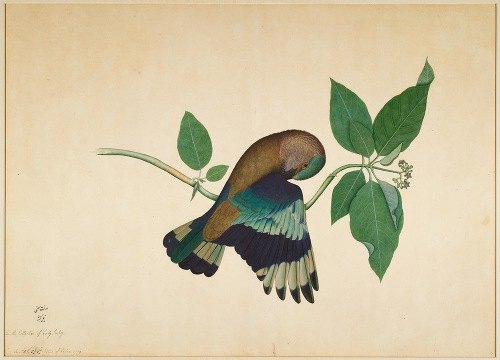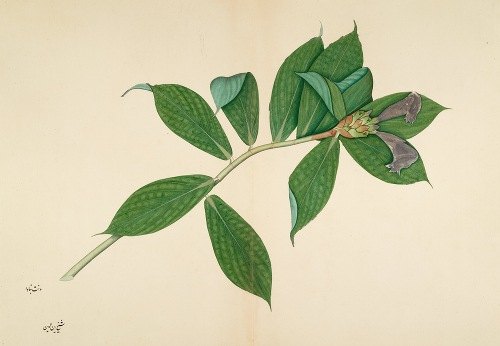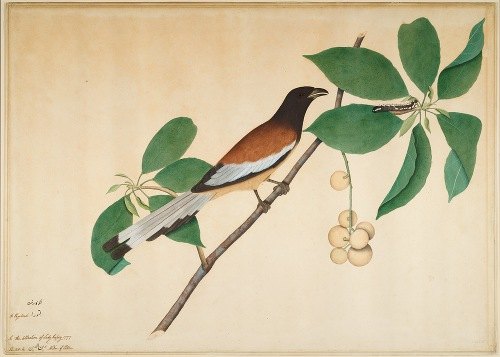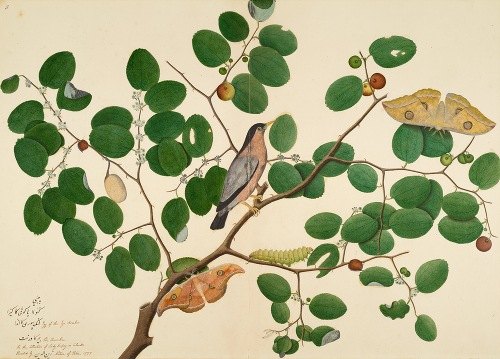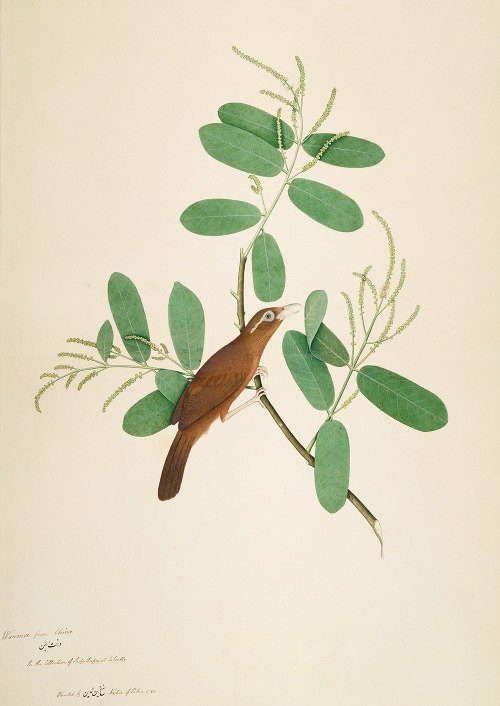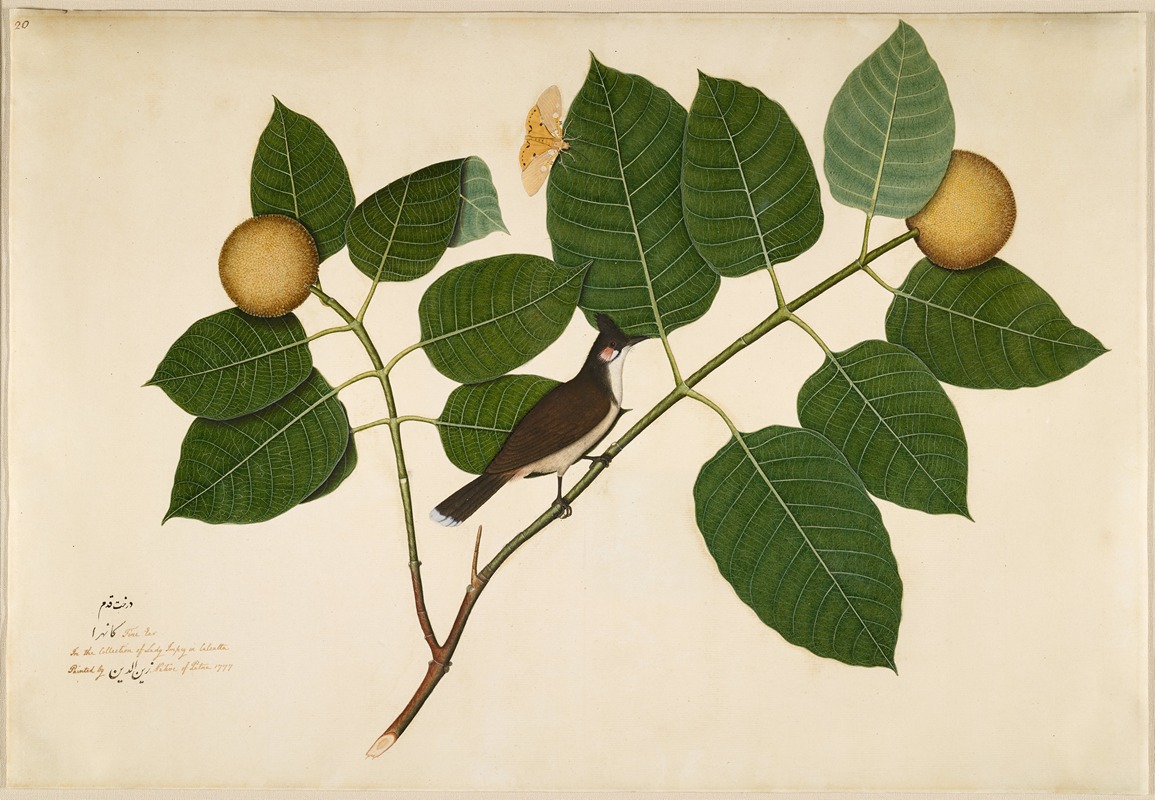
Sheikh Zainuddin was a Bengali Muslim artist of the East India Company period and one of the local artists who rose to prominence under European patronage in British Raj. His works blending Mughal and Western painting techniques belonged to the Company style of painting.
In the late eighteenth century, he worked under Mary Impey, the wife of Sir Elijah Impey, Chief Justice of Calcutta Supreme Court. Among the three artists she brought from Patna to make realistic sketches of birds and animals of her private menagerie, Zainuddin was the foremost. Zainuddin combined English botanical illustration with Mughal Patna Qalam style. In his paintings, modern critics appreciate the way a "bright, simple background offsets the keenly wrought details of plants and animals".
From 1777 to 1782, Zainuddin worked on Whiteman art paper manufactured in England for his transparent watercolor paintings. For his tinted drawings and sketches, he employed meticulous calligraphic strokes reminiscent of the works of Mughal Court artist Ustad Mansur. His drawings of mountain-rats, hanging bats, parrots, and storks are distinctive for having both aesthetic appeal and scientific value. These are now preserved in the Ashmolean Museum in Oxford.
